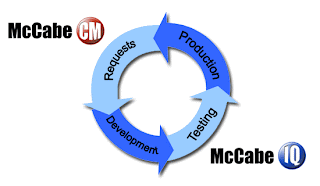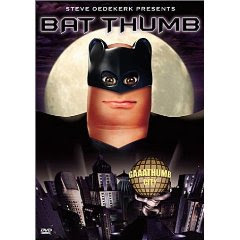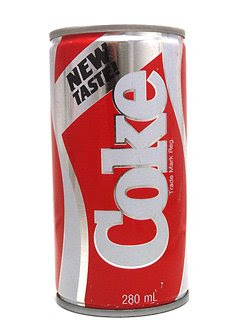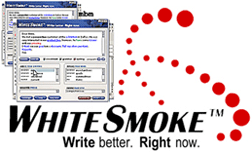 Remember SCO? Judge Dale Kimball does. And so does Novell.
Remember SCO? Judge Dale Kimball does. And so does Novell.
It’s been a while since I’ve written about SCO. But my last entry on the subject, “The SCO Group files Chapter 11,” didn’t mean that the case was closed. Au contraire.
Yesterday (July 16), Judge Kimball issued a ruling that covered a wide range of agreements between Novell and The Santa Cruz Operation, between Sun and SCO, and involving Microsoft. I urge you to read the 43-page ruling but here are some interesting highlights, copied verbatim from the document:
• The Court concludes that SCO breached its fiduciary duties to Novell by failing to notify Novell and account for and remit the revenue it received from Sun as a result of modifying the confidentiality provisions of Sun’s SVRX buy-out agreement with Novell. (page 38)
• Novell held equitable title to the SVRX Royalties under the APA. SCO’s failure to pass through to Novell the SVRX Royalties due under the Sun Agreement was a wrongful act inconsistent with Novell’s rights. The Court concludes that Novell has established SCO’s conversion of the revenues due under the 2003 Sun Agreement (page 38)
• SCO was unjustly enriched by retention of the revenue under the Sun Agreement and Novell is entitled to restitution. (page 38)
• The Court has considered SCO’s equitable defenses and finds them without merit. (page 39)
• SCO has not shown any conduct by Novell that was in bad faith or wrongful. The Court thus concludes that these affirmative equitable defenses do not preclude Novell from receiving equitable relief. (page 41)
Here’s the money part (pages 41 and 42):
The court, therefore, concludes that Novell is entitled to the revenues paid by Sun under the 2003 Sun Agreement attributable to the release of the SVRX confidentiality provision in the 1994 Agreement. While the parties debated the value of this provision at trial, neither established a specific value for this particular provision. Nonetheless, the court believes it is appropriate and equitable to grant monetary relief in favor of Novell.
SCO contended that, for a variety of reasons, Novell is not entitled to both monetary and declaratory relief. The Court was not persuaded by any of these arguments with respect to the 2003 Sun Agreement.
Under the 2003 Sun Agreement, SCO received from Sun a total amount of $9,143,451. The court concludes that the release provision in Section 12 of the Sun Agreement is worth an equivalent amount to the similar release provision in the Microsoft Agreement, or $1.5 million. The remaining portions of the Agreement is divided between the UnixWare license, the associated UnixWare and OpenServer drivers, and the release of the confidentiality provisions contained in the 1994 Agreement. Because SCO bears the burden of allocation on this issue and the law recognizes that the court is to resolve every doubt against the agent and in favor of the principal, the court divides the remaining portions of the Agreement equally. Therefore, Novell is entitled to one-third of $7,643,451, or $2,547,817 as revenues paid by Sun under the 2003 Sun Agreement attributable to the release of the SVRX confidentiality provision in the 1994 Agreement.
And the judge’s order:
After considering all of the evidence and the law as it applies to this case, the court awards Defendant and Counterclaimant Novell $2,547,817 on its Sixth, Seventh, and Eighth Claims for Unjust Enrichment, Breach of Fiduciary Duty, and Conversion.
SCO naturally disagrees, and posted on its site a response:
We are reviewing today’s ruling by Judge Dale Kimball with our counsel and will be assessing the next steps over the coming days and weeks. This ruling is an important step in our ability to pursue the appeals to try to get all of our claims heard by a jury as soon as possible. We are pleased, however, that the court agreed that Novell is not entitled to anywhere near the more than $20 million dollars it was seeking.
Importantly, the court ruled that Novell has no right to any royalties from UnixWare or OpenServer sales by SCO, which is where the bulk of SCO’s revenue is earned. This is also an important step forward in the capitalization and reorganization plan for SCO that will allow us to emerge from Chapter 11. We continue to disagree with the premise of this trial and believe that Novell is not owed anything, but that they have interfered with SCO’s UNIX rights.
Z Trek Copyright (c) Alan Zeichick
 Don’t miss these dynamic keynote speakers at EclipseWorld 2008…
Don’t miss these dynamic keynote speakers at EclipseWorld 2008…



























